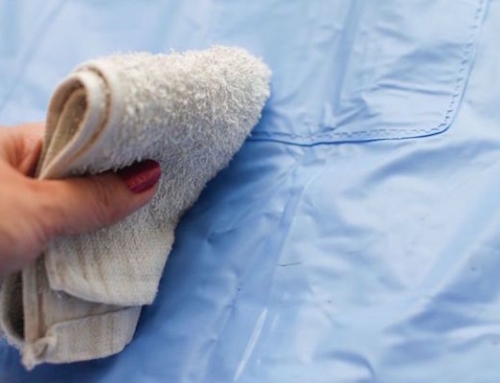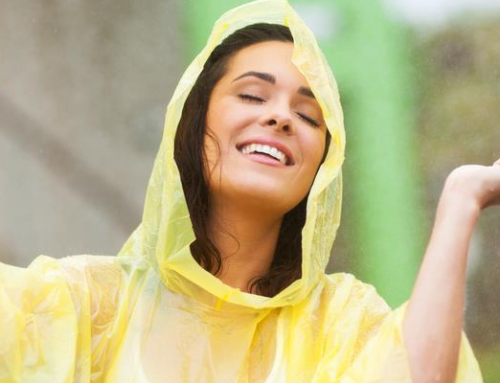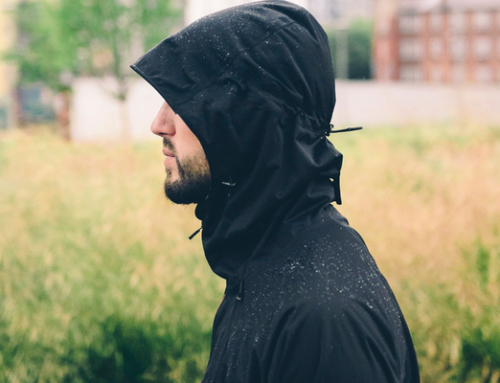Ever wondered, what is the thing in a raincoat that keeps us from getting wet in the rains? Well, raincoats and rainwear available in the markets can be made up of several different types of water-resistant fabrics. Even if the fundamental material does not have the waterproofing properties, it is treated with water-resistant coating and then used. Materials such as cotton and wool can be used for treatment but those such as leather and silk are generally off the list.
Let’s find out more about the fabrics used in the making of raincoats:
- Cotton: The very first Macintosh raincoat was made using a cotton fabric. Heavy and work-related rainwear that is available on the market is made up of cotton duck or oil cloth.
- Wool: Wool does not have waterproofing properties but once it is treated with water-resistant coating it proves to be durable and provides one with extra warmth. These woolen raincoats are most commonly used by military men or by elite brands in high fashion garments.
- Vinyl: This fabric is typically used in manufacturing raincoats for children. Vinyl is a kind of material which is inexpensive, easy to clean, water repellent and best can be dyed in various colors. When you think about making a raincoat, what more can you ask for!
- Nylon: This is yet another inexpensive and long-lasting material which is often used for making raincoats by several companies. The elasticity of this material helps in easy folding and packing of your rainwear making it ideal for traveling.
- Gore-Tex: Introduced in 1970, what makes this fabric different from the others is its properties of being extremely lightweight and breathable. This fabric is particularly used by companies making raincoats for trekking, camping or any other outdoor activities.
I hope this list helped you in increasing your knowledge about your rainwear and making a right pick!






